La Bohème ★★★ and The Pearlfishers ★★★★1/2 (Opera Australia)
Melbourne's long Indian summer coincided with Opera Australia's 2016 autumn season. It began with a revival of La Bohème (★★★) and the new production of The Pearlfishers (★★★★1/2) (first seen in Sydney earlier this year). The much-anticipated Luisa Miller with Nicole Car (which I reviewed in February 2016) will follow next week.
Giacomo Puccini does not seem to have been a highly emotional creature – promiscuous, yes (as his long-suffering wife, Elvira, could attest), but not loving. 'In later life,' William Mann has written, 'he lamented that nobody loved him; but Puccini seems to have been psychologically unable to form a loving relationship with anyone.' He was attracted, in Mann's phrase, to 'frail, appealing girls'. They gave him some of his greatest operatic creations: Manon Lescaut, Liù, Butterfly, and of course Mimì. In the composer, Mimì inspired unprecedented emotions. Of the evening in December 1895 when he finished composing the opera Puccini later told his biographer: 'I had to get up and, standing in the middle of my study, alone in the silence of the might, I began to weep like a child. It was as though I had seen my own child die.'
Continue reading for only $10 per month. Subscribe and gain full access to Australian Book Review. Already a subscriber? Sign in. If you need assistance, feel free to contact us.



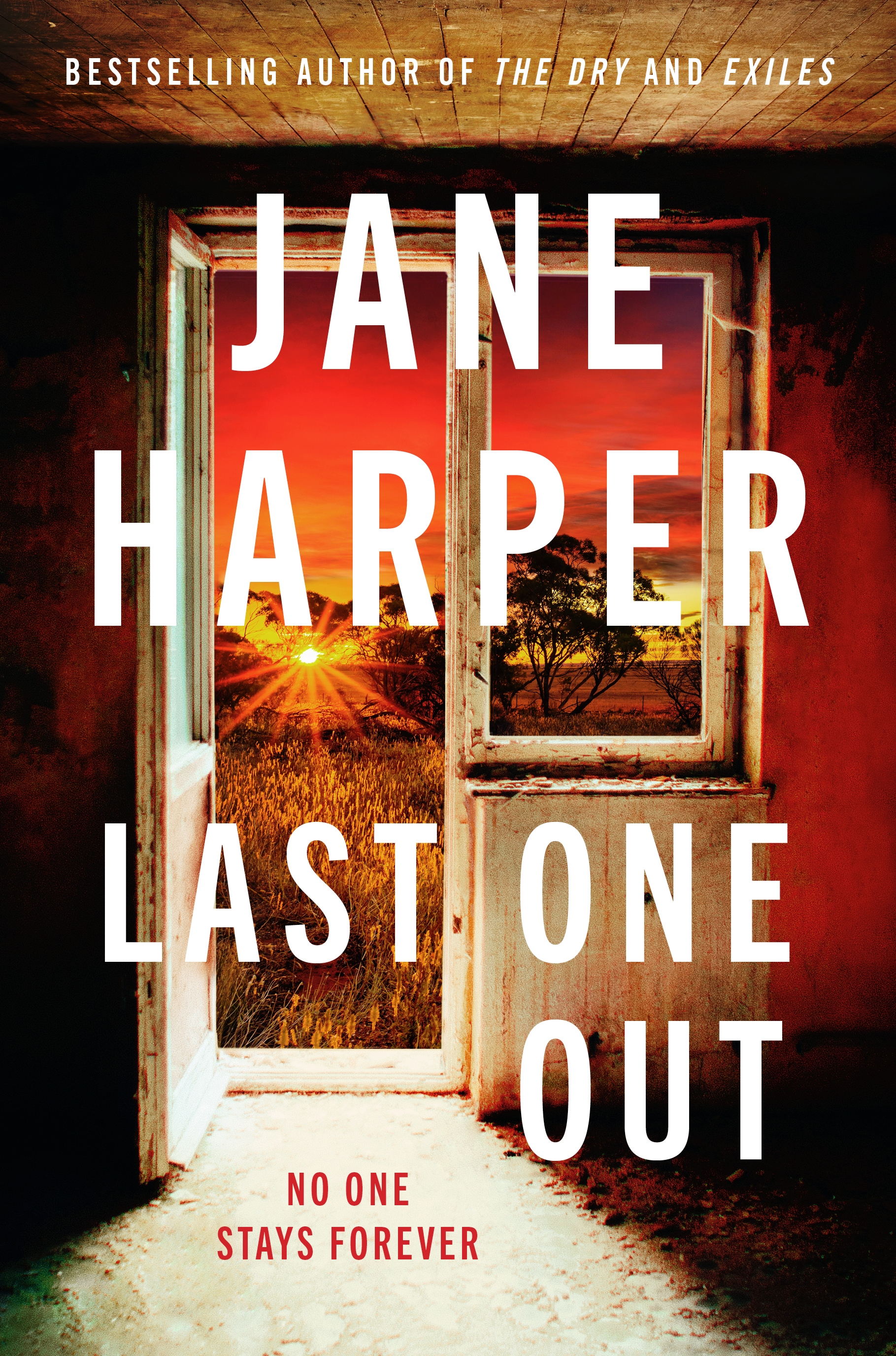
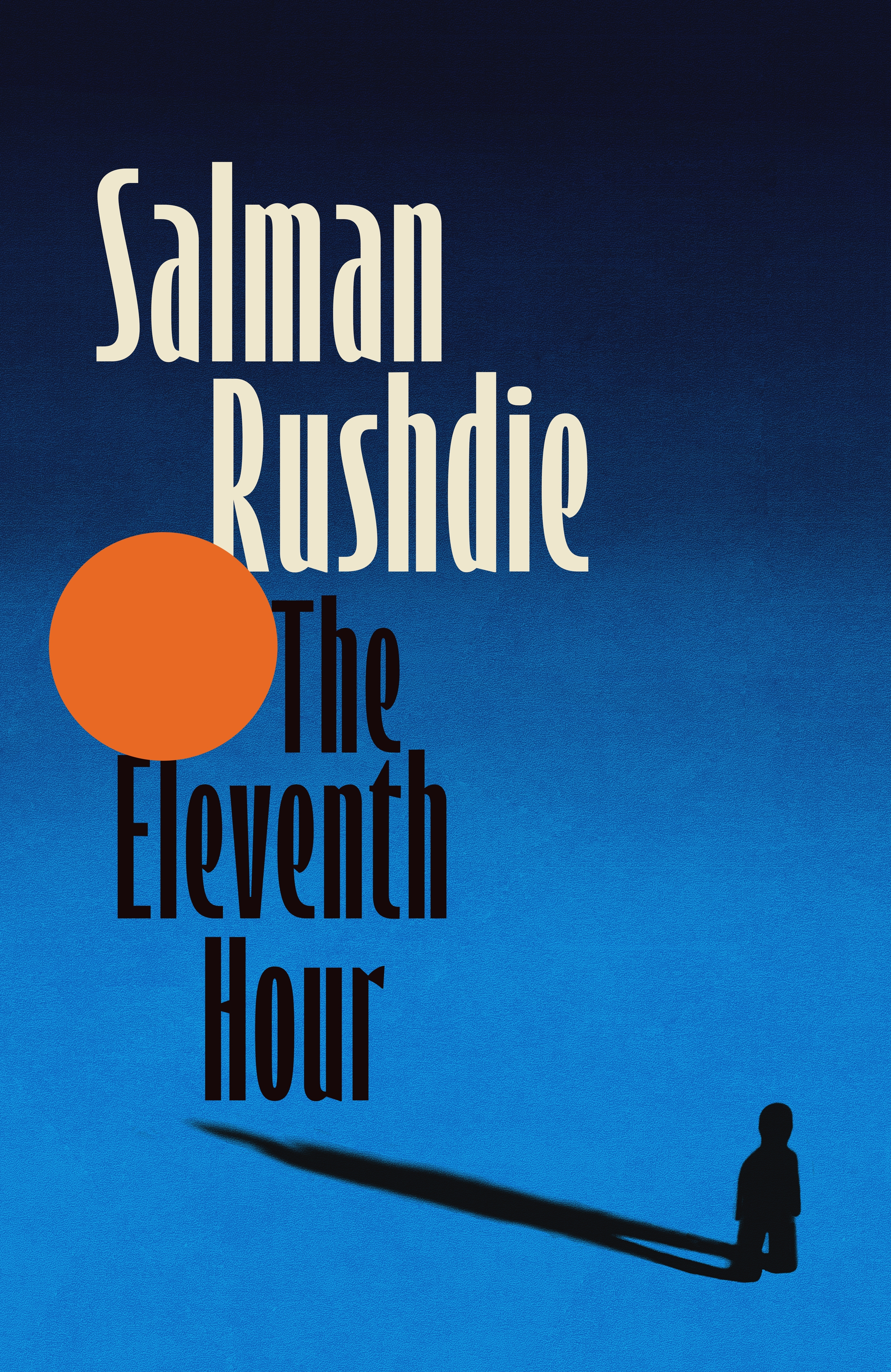
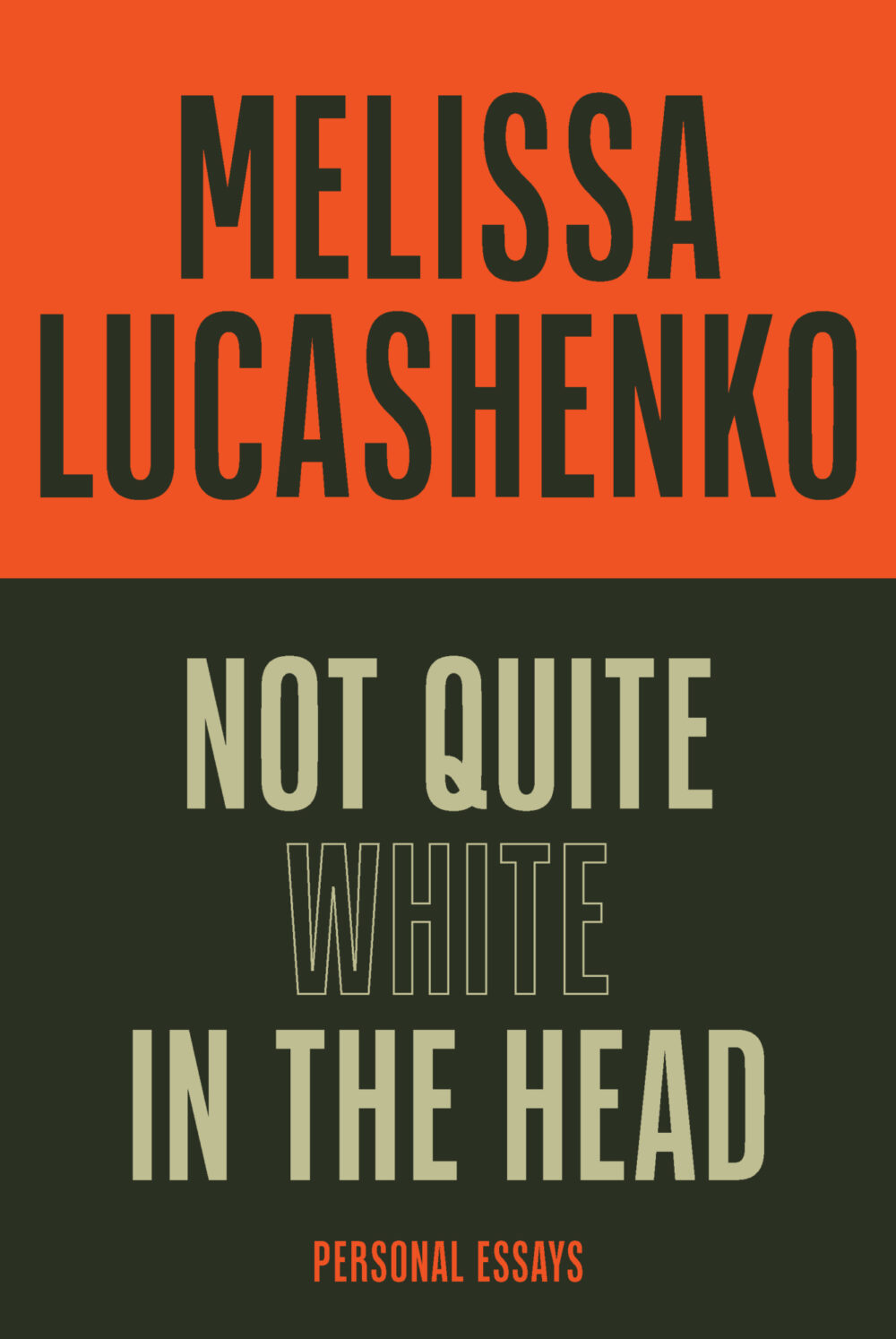
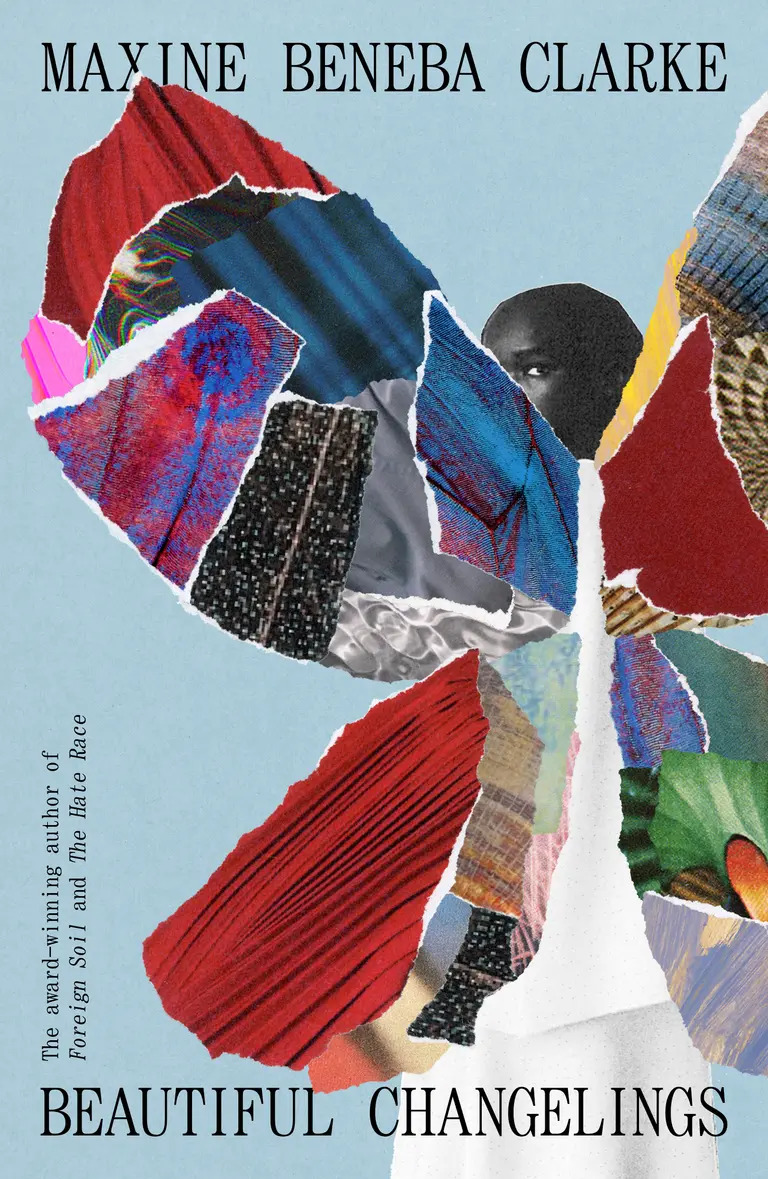
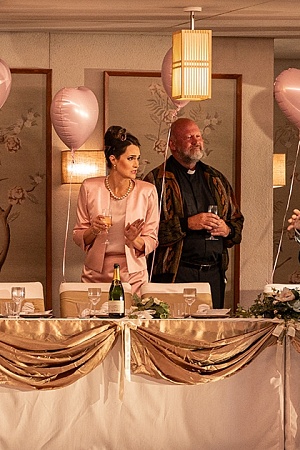


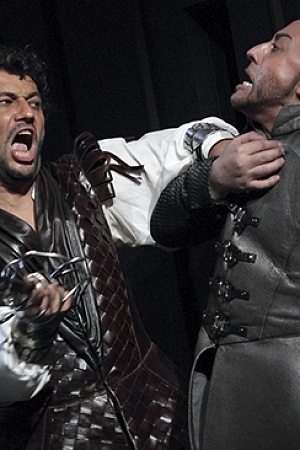
Leave a comment
If you are an ABR subscriber, you will need to sign in to post a comment.
If you have forgotten your sign in details, or if you receive an error message when trying to submit your comment, please email your comment (and the name of the article to which it relates) to ABR Comments. We will review your comment and, subject to approval, we will post it under your name.
Please note that all comments must be approved by ABR and comply with our Terms & Conditions.